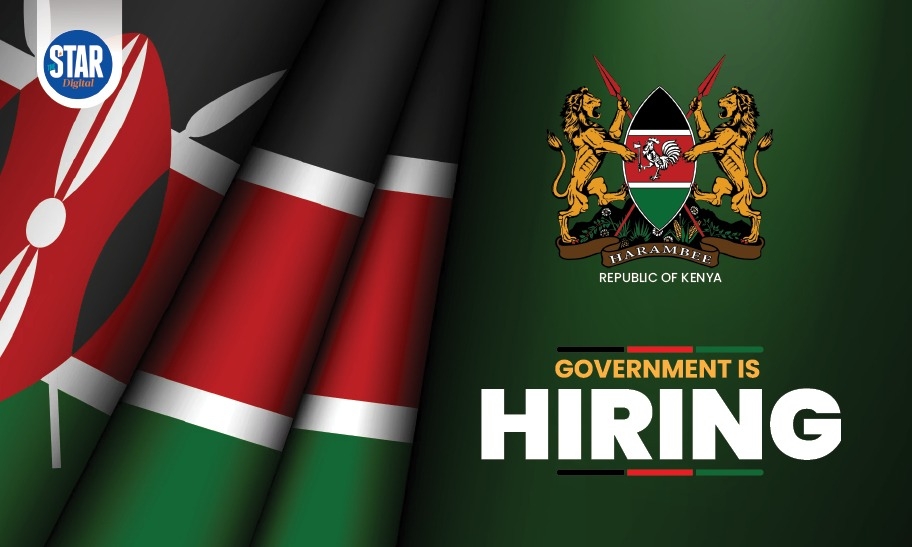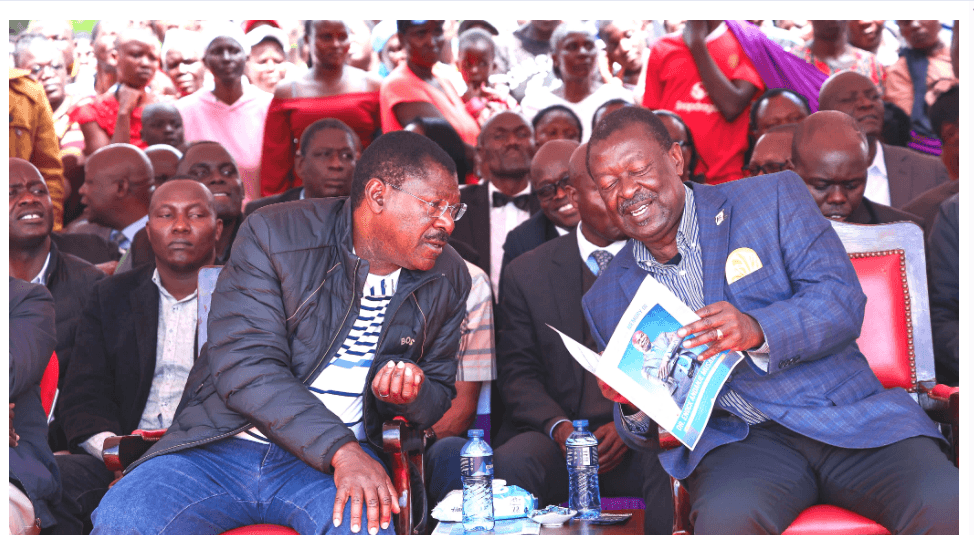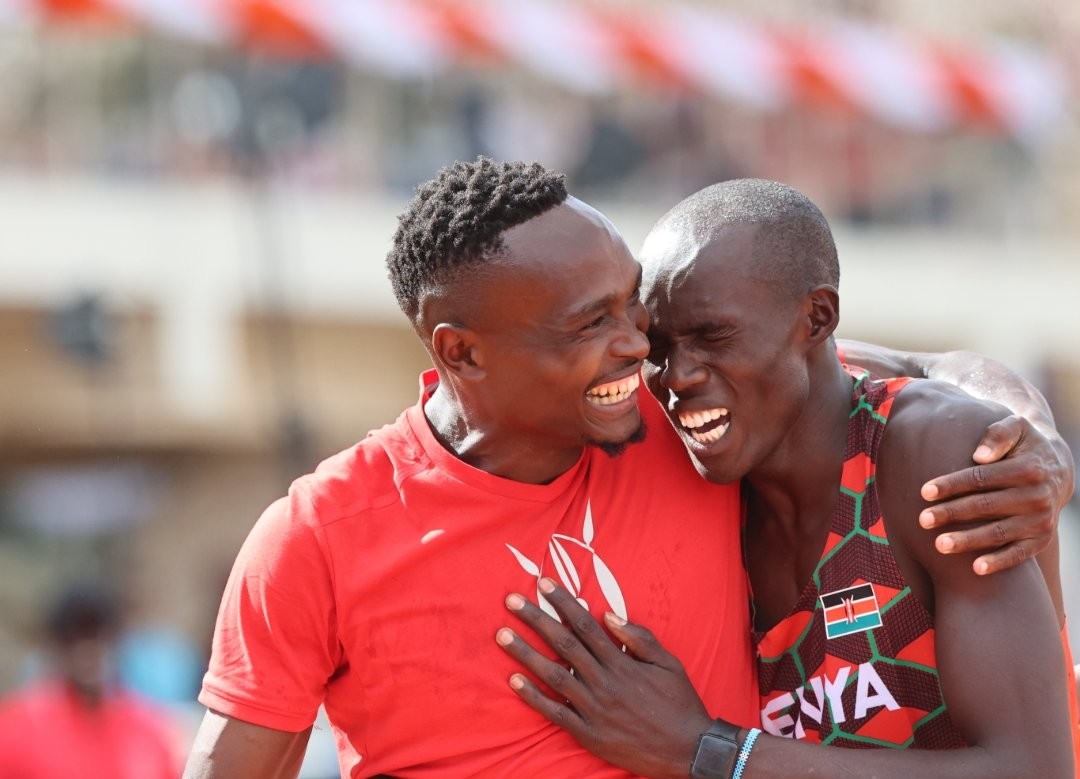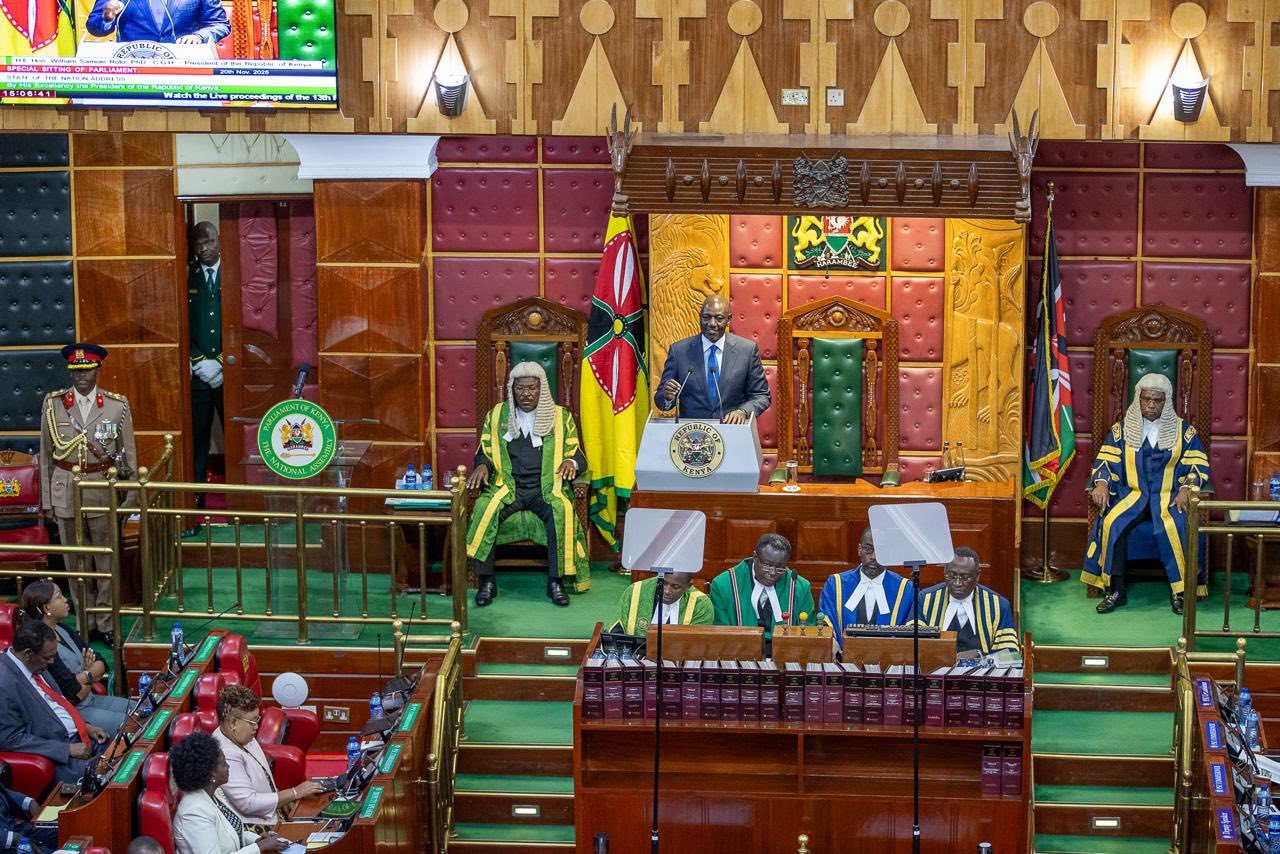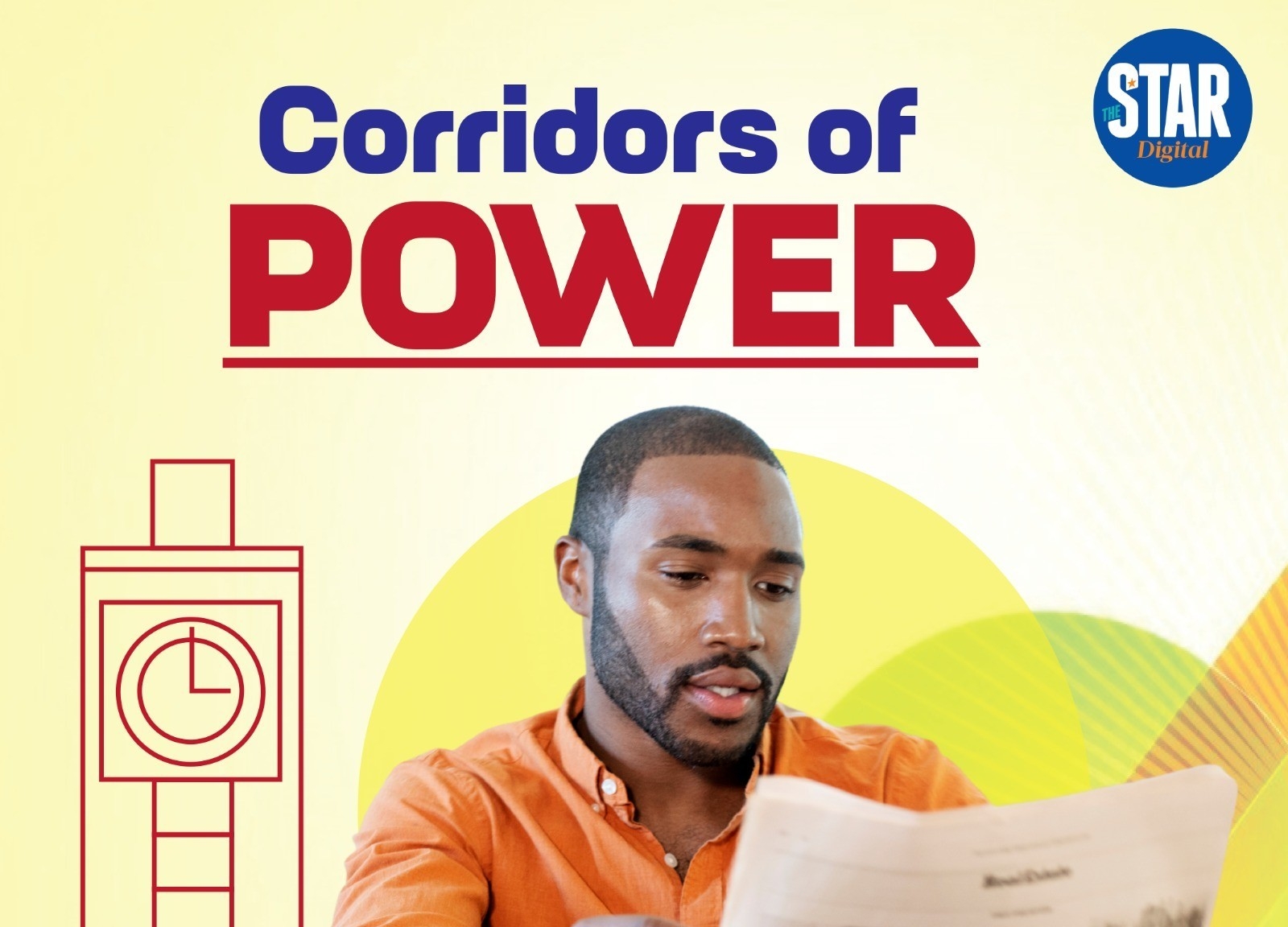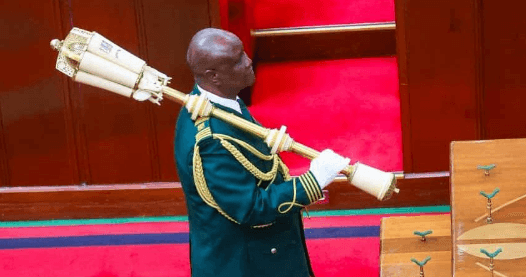Horse racing in Kenya continues to grow in leaps and bounds and the meeting on Sunday is enough evidence.
Although the fields were not as filled as they have been across the past few months, the standard and quality of racing continue to improve week-on-week.
Both jockey and horse continue to furnish the lush and ever-burgeoning crowds with magnificent entertainment and competition.
The hiatus of the rains and a weekend bathed in sunshine meant that the track dried significantly enough to go from being soft to good, which favoured the traditional favourites, but still allowed for those less considered to make good running.
With most of the races being middle or middle-long-distance contests, the long-established approach on the firmer ground has always been for the better horses to stay with the pack, holding somewhere towards the middle or the tail, and then make something of the sprint down the straight after the bend, in the last 200 metres.
For those trying to run from the front, the challenge is whether the early pace can be quick enough to be a problem for those hiding at the rear, and still not be too quick to leave the pacemakers something to steal a podium, or a large enough breach to secure victory.
The results of the six-card race were dominated by the recent influx of horses from South Africa who have improved racing and the level of competition.
Trainer Ollie Gray, who has one of the new and rising imported stars in his stable, said: “The South African horses are more competitive. People, especially the owners want results, and everyone wants a winner. It’s more fun when you’re winning.”
While the Kenyan horses remain solid contenders, they all come from one stallion, making them somewhat more uniform in what they can and cannot be.
The first race of the day, the 2060m JM Kariuki Maiden, was as predicted, the easy hunting ground of 2023/24 champion jockey, Lesley Sercombe, riding Jamaican Rum. However, Dalkeith did his best to make things interesting, running at 10/1 and almost causing memorable and lucrative results for the punters.
The 1800m D Sugden Handicap saw a dominant return of Lucia Popova, who enjoyed the drier ground to win by 4 ¾ lengths, and proving that she can authoritatively run most distances so long as the conditions are conducive.
The 1400m P. Hennessy Handicap was perhaps the upset of the day with Daisy, a local horse ridden by Henry Muya, winning by a neck on the finish line from the favoured South African Venetian Link.
The second of the 1400m races, the V Salle Handicap, saw an uncomplicated win for Welcome Breeze, trained by Mrs G Fraser, and owned by the Muthaiga Club syndicate, the Pinky Blinders, who have become ardent and committed supporters of horse racing in Kenya.
The 1200m J.B. Wanjui Handicap, the first of the sprints, had, as predicted, Sea Eagle charging virtually uncontested to victory. The final race, and the second sprint, the 1200m Stewards’ Handicap Cup was the comprehensive territory of Beeston.
The end of the races were coloured by celebrations and sunshine and sundowners which stretched long into the evening.
The next race meeting is the hugely-anticipated Uhuru Cup, on December 16, and promises to be some of the finest racing Kenya has seen in 2023.


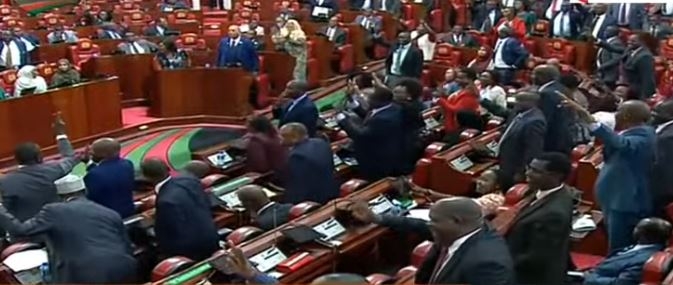
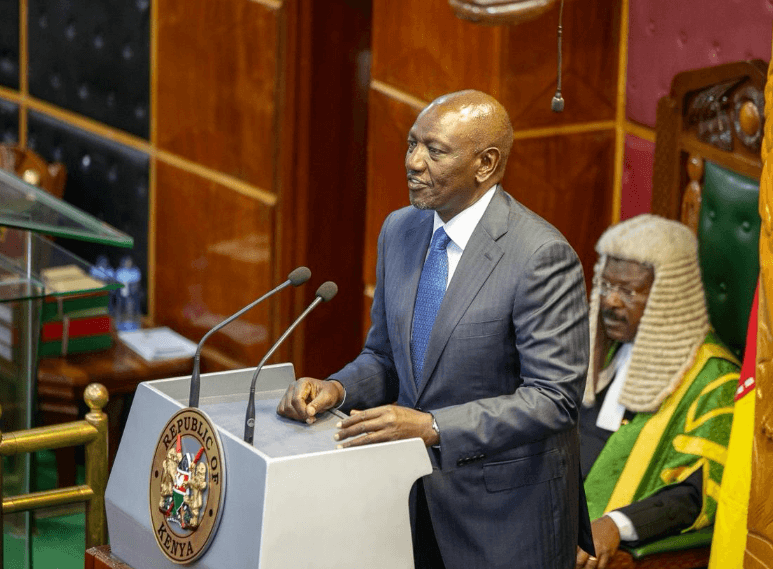

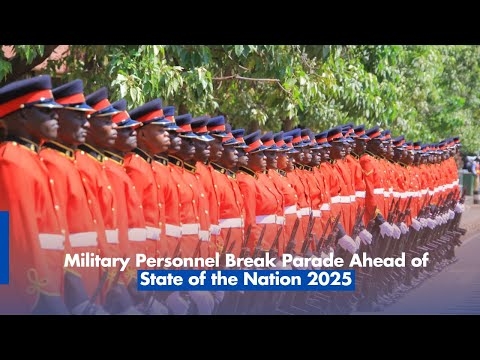
![[PHOTOS] Betty Bayo laid to rest in Kiambu](/_next/image?url=https%3A%2F%2Fcdn.radioafrica.digital%2Fimage%2F2025%2F11%2F3b166e2e-d964-4503-8096-6b954dee1bd0.jpg&w=3840&q=100)
